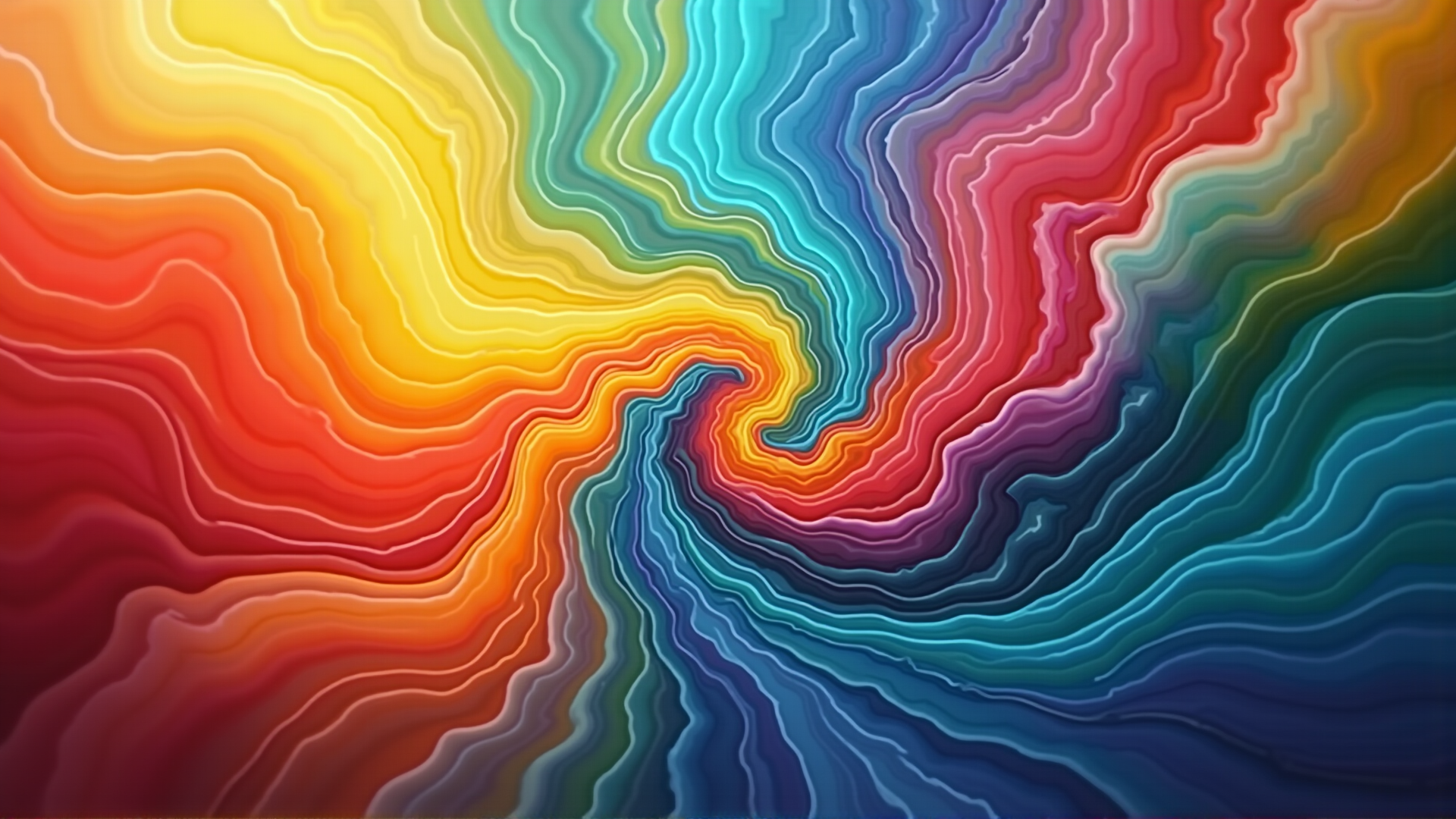Understanding how colors interact is essential for anyone interested in art and design. The study of color theory encompasses a variety of principles that explain how colors can be mixed, perceived, and used effectively.
One of the foundational elements of color theory is the color wheel, an illustrative tool that represents the relationships between colors. The primary colors—red, blue, and yellow—are the cornerstones from which other colors are derived. By mixing primary colors, secondary colors such as green, orange, and purple emerge. Tertiary colors are formed by mixing primary colors with secondary colors, adding more depth to the palette.
Exploring the concepts of complementary, analogous, and triadic color schemes is critical in understanding color interplay. Complementary colors are opposite each other on the color wheel, such as blue and orange, and create a vibrant contrast when used together. Analogous colors, like blue, blue-green, and green, lie adjacent to each other and provide a harmonious feel. Triadic color schemes use three evenly spaced colors on the wheel, introducing a dynamic yet balanced composition.
Another vital aspect is the emotional impact of colors. Warm colors, such as reds and yellows, often evoke feelings of warmth and energy, while cool colors, like blues and greens, tend to be calming or soothing. Recognizing the emotional influences of colors allows creators to imbue their work with specific moods and atmospheres.
In practical application, understanding how colors interact can significantly affect the perception and emotional response of an audience. Mastering color relationships and their underlying principles enables one to produce more captivating and meaningful artistic works.
Overall, color theory is an art form in itself. By applying its principles, artists and designers can enhance the expressiveness and aesthetic value of their creations, adding layers of depth, harmony, and emotion. This understanding of color not only elevates creative projects but also enriches the viewer’s experience, making color theory an indispensable tool in the world of art and design.
